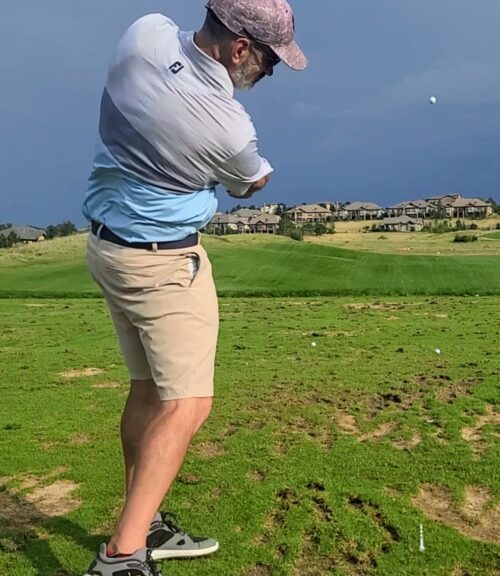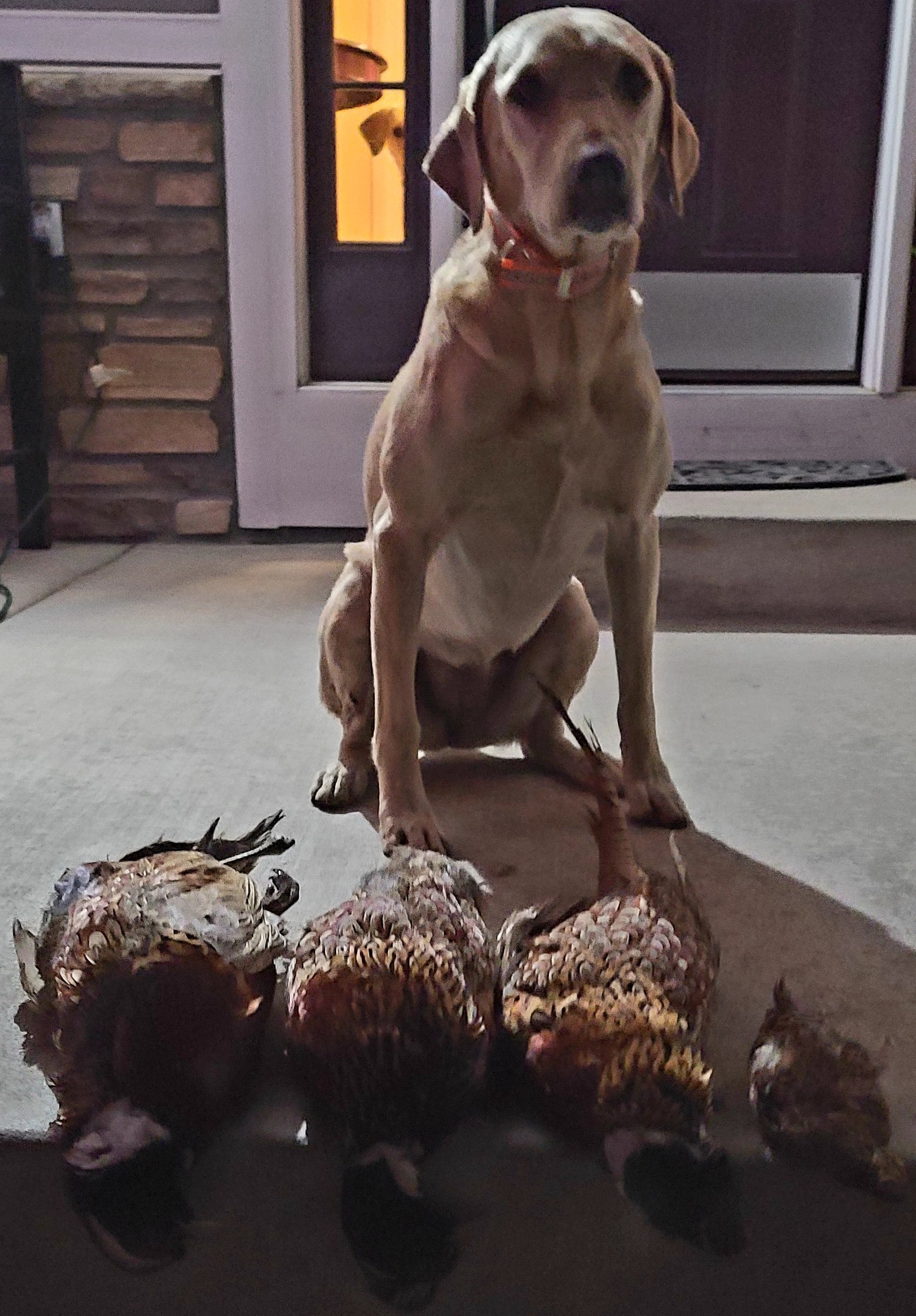Like many people that are addicted to the sport, I want to be a good golfer. I envy those who find the sport easy to play. Golfers that possess geometrically precise swings, and can launch a ball mile, keep me motivated to work to improve my game. I enjoy practicing, but my range game generally doesn’t translate to a similar performance on the course. My expectation that the latest equipment advancements will help me achieve my scoring objectives generally ends in disappointment. Some of the professional instruction I have received over the last 30 years has helped me execute better than I would have if I had not taken the lessons. I own almost every training aid that has been invented, but only a handful have assisted me in producing positive results.
I have never hit the ball very far, and my ball contact has always been suboptimal. Those issues have undermined my ability to consistently score well. When I was playing more often, and my body was more flexible, my handicap dropped to a 5.7 index for a few seasons. Now that I play less, and I am older, it has become more difficult to create a reliably effective golf swing. My handicap has ballooned to a 9.9 index (even higher at times), and it seems as though I hit an improvement wall.
In December of 2021 I visited the PXG store in Arizona. They were kind enough to oversee me as I tried to get the ball airborne in their facility. My driver swing speed averaged 95 mph and the ball dispersion on the clubface was ghastly. Additionally, my swing path was surprisingly and regularly over-the-top. As I drove away from the facility, I realized that I would have to make radical changes, or golf would become perpetually frustrating for me.
Things began to slowly improve when I incorporated two new training aids. This past winter, I read an article featuring the Rypstick. During my subsequent research on the product, I watched Dr. Luke Benoit, Director of Instruction at Interlachen Country Club, and inventor of the Rypstick, discuss the science behind his device. I was desperate to get better, and unafraid to invest the money, so I ordered one. Once it arrived, I followed the training protocol suggested. Over the next few months, I did almost everything Dr. Luke demonstrated. The workouts were rigorous and swinging outside in cold temperatures was unpleasant. That said, when I was able to get back on a launch monitor, my driver swing speed averaged 101 mph. When spring arrived, and I was able to hit a ball outside, I realized carry distances that I never thought were possible. Unfortunately, my swing path remained over-the-top, and I couldn’t find a way to create an inside-out path. All that said, when I hit the ball squarely, my ball went farther than it had in years.
I ended up hiring a friend, and PGA professional, to help me better my game. For years, I snatched the club inside, and then dropped the club even further inside on the downswing. My miss was a nasty snap hook, but I regularly hit a “draw” loaded with distance-gaining, ground topspin. Late in 2021, I surprisingly got over-the-top, and my ball regularly flew feebly to the right. My instructor told me that my club was not on plane, and he asked me to work on both my alignment as well the shaft position on my backswing. That is what I continue to work on during my practice sessions. The outside-in path remains a challenge for me, and it must change if I am going to continue to evolve.
Early last season, I purchased the Lag Shot Golf 7 iron. Most amateur golfers struggle with rushing their swing from the top as well as casting the club. I am no different, and this flaw is a power-killer. My pre-round routine now includes 10 minutes warming up with the Lag Shot. I try to get a feel of how I should be swinging my actual clubs during the round. When I can consistently hit the ball with the Lag Shot, my confidence improves. That is a good thing when I get to the first tee.
I am far from where I want to be. I will continue to work with my instructor, as well as utilizing both the Rypstick and the Lag Shot. I will remain dedicated to improving my strength, flexibility, and pliability. Golf is hard, and my regular regressions make the game maddening. Quitting is not an option, so I will embrace the struggle.
Please feel free to offer up any sage advice if you feel like you can positively impact my game.
- If you want to improve your swing speed, and you’re willing to put in the work, purchase the Rypstick. Use this link and enter this code “HUNTFISHGOLF” for 20% off your purchase.
- If you want to work on your temp and transition, purchase a Lag Shot product. Use this link and enter this code “HUNTFISHGOLF” for 20% off your purchase.
- If you want to reduce inflammation and pain, while improving mobility, purchase a Kineon MOVE+ product. Use this link and enter this code “HUNTFISHGOLF” for 15% off your purchase. I use the MOVE+ to relieve painful arthritis in my fingers, as well as tendonitis in my elbow.
- If you want to diminish soreness while you are playing, put STAMINAPRO patches on your body. Click on this link and use code “TFG20” for 20% off any purchase made.

